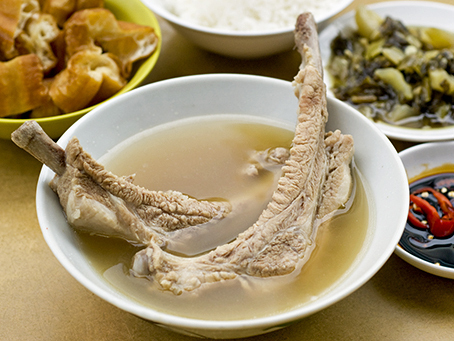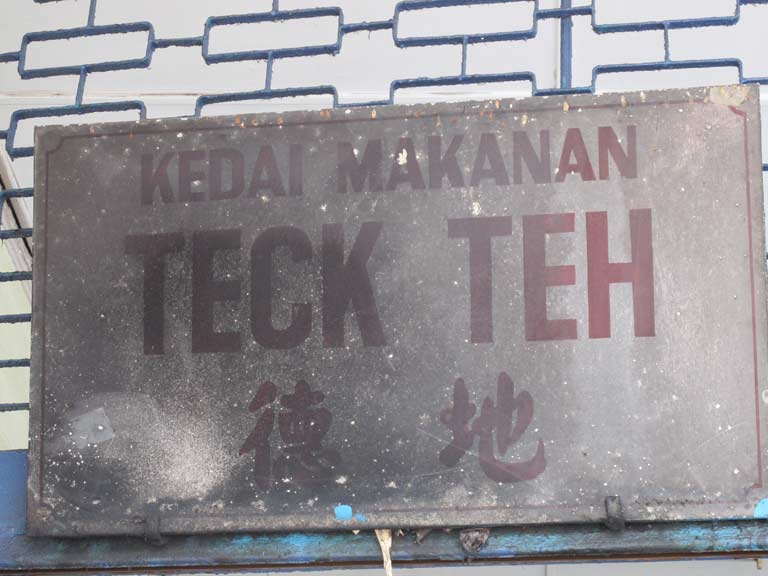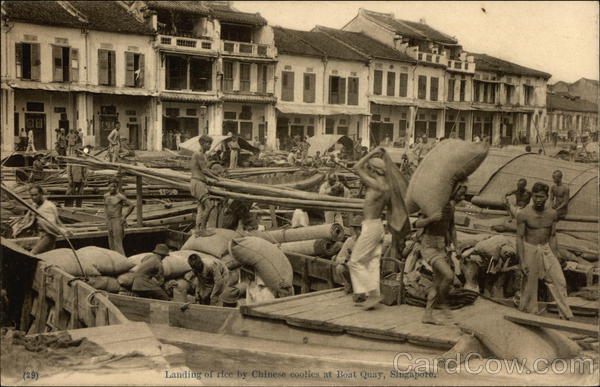So, Is Bak Kut Teh A Malaysian Or Singaporean Dish?
Yet another Malaysia vs. Singapore food fight. :p
From char koay teow and chicken rice to laksa and nasi lemak, Malaysians and Singaporeans have been locked in countless debates over the origin of their signature local dishes since, well, forever
Malaysian foodies found themselves questioning the origin of bak kut teh when Singaporean news portal reported that a Japanese man opened a bak kut teh restaurant in Tokyo after he became obsessed and fascinated by the "impactful" taste of the Singaporean dish.
Um... Singaporean dish? C'mon, any Malaysian would tell you that bak kut teh originated from early Chinese immigrants in Malaysia, specifically in Klang a.k.a. the birthplace of the herbal pork rib dish.
So, is bak kut teh a Malaysian or Singaporean creation? To answer that question, we must first distinguish that there are three varieties of bak kut teh with different cooking styles:
(i) Hokkien-style bak kut teh is prepared using a variety of herbs and spices as well as a mixture of light and dark soy sauce, creating a fragrant and darker broth. This is the variant that is most popular and commonly found in Malaysia.
(ii) Cantonese-style bak kut teh adds medicinal herbs to create an herby and stronger flavoured soup.
(iii) Teochew-style bak kut teh is typically prepared by boiling pork ribs and bones in garlic and pepper, hence the broth is lighter in colour. This variant is most popular and commonly found in Singapore.
In addition, there is also a "dry" form of bak kut teh that's typically found in Klang and other parts of Klang Valley, where the broth is reduced to a thicker gravy and ingredients such as dried chillies, lady's fingers, and dried dates are added.
It is worth noting that the dish is likely to have Hokkien roots, as the name "bak kut teh" (肉骨茶) is of Hokkien origin, literally meaning "meat bone tea"
Although the dish is pronounced "nek gug de" in the Teochew dialect, all variants of the dish are commonly referred to as "bak kut teh" in Malaysia and Singapore, where the Chinese community are predominantly Hokkien and Teochew.
While the actual origin of bak kut teh is unclear, it is believed that the dish was brought over from the Fujian province in China by early Chinese immigrants
In Malaysia, Klang is widely credited as the place of origin of bak kut teh, where it was introduced by coolies working at Port Swettenham (now Port Klang) in the early 20th century. After a long day of hard labour at the port, the coolies would boil pork ribs and intestines with an assortment of herbs and spices such as star anise, cloves, garlic, dang gui (Chinese angelica), and cinnamon to replenish their energy. The soup is often eaten with a bowl of rice and brewed Chinese tea.
Some also claimed that the dish was popularised in the 1940s when a man called Lee Boon Teh set up a bak kut teh stall in Klang South
According to a profile by The Star, a man from Fujian, China brought the dish to Klang when he set up a bak kut teh stall at an intersection between Klang train station and the Klang South police station in 1945. The stall - now moved into a shop known as Teck Teh - primarily served early Chinese immigrants, many of whom also came from Fujian.
It is also said that the dish actually got its name from Lee. Initially known only as "bak kut" (meat bone), Lee's dish became so popular that people started calling him "bak kut teh" (a combination of the dish's original name and his name) and was later translated into the dish we know and love today.
Meanwhile, Teochew-style bak kut teh - the variant popular in Singapore - is said to have developed in the Clarke Quay and River Valley areas in the 1940s after World War II
According to Temasek Polytechnic's book 'Singapore Hawker Classics Unveiled: Decoding 25 Favourite Dishes', the dish only became popular street fare in the 1960s, with humble bak kut teh pushcarts progressing to restaurant chains as business boomed.
However, some claimed that the dish could've existed since as early as the late 19th century in Singapore, as both Teochew- and Hokkien-style bak kut teh were already spotted in Clarke Quay and Hokkien Street in the 1920s
In a conversation with third-generation tea merchant Kenry Peh, Singaporean blogger Dr. Leslie Tay of I Eat I Shoot I Blog found out that when Peh's grandfather migrated to Singapore in the 1920s, bak kut teh was already bring served by both Chinese communities in those areas.
As Clarke Quay was established by the British in the mid-19th century, Tay posited that bak kut teh was already introduced in Singapore in the period between 1860 to 1920, several decades ahead of its arrival in Port Klang.
So, who do you think should be credited as bak kut teh's place of origin? Let us know your thoughts in the comments section below!




